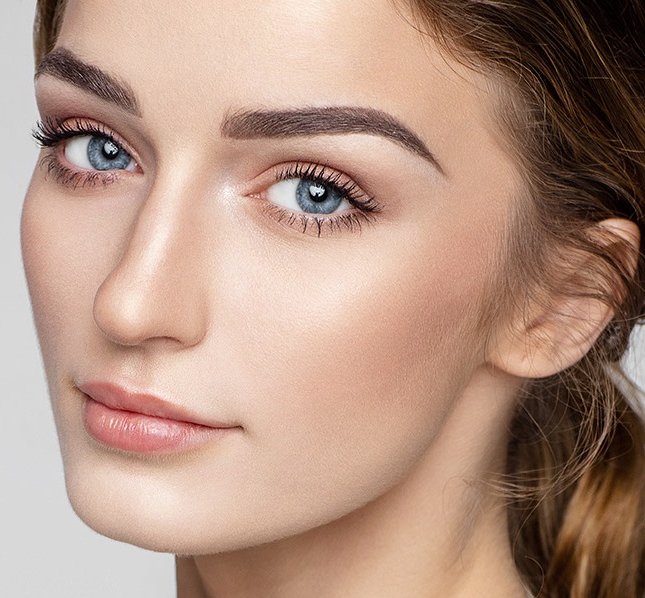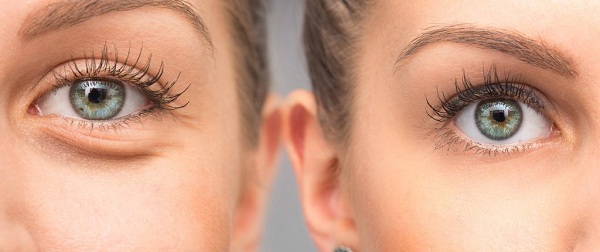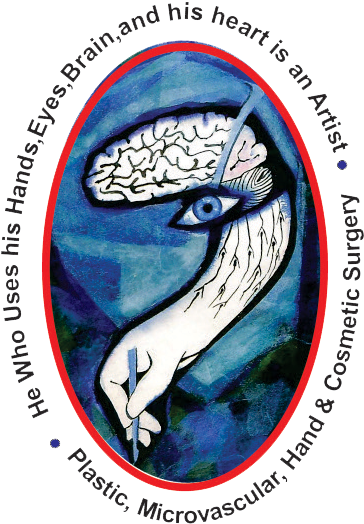Blepharoplasty
Blepharoplasty is a kind of surgery performed on the eyelids. It’s done to remove excess skin from the upper eyelids and reduce bagginess from the lower eyelids. It’s also called an eye lift.

Droopy eyelids are a major reason why some people consider eyelid surgery (blepharoplasty) to remove and tighten excess eyelid skin for a more alert, youthful appearance.
Sometimes blepharoplasty also can improve your vision by providing a less obstructed field of view, once droopy eyelids are improved.
Blepharoplasty can remove excess skin, muscle and sometimes fat from the upper or lower eyelids. In some cases, you might need only skin removed but not muscle — or you might need the procedure done on both upper and lower eyelids.
An upper eyelid blepharoplasty (sometimes called an “eye lift”) should not be confused with upper eyelid ptosis surgery, which is a procedure to raise the position of the upper eyelid margin by tightening the muscle and tendon that normally elevate it. Blepharoplasty surgery sometimes can elevate an upper eyelid margin slightly if the heaviness of the excessive skin actually is “weighing down” the upper eyelid, causing it to droop.
Procedure
Blepharoplasty can be performed on upper eyelids, lower eyelids — or both at the same time.
During surgery, incisions are made in the natural folds of the eyelid, in the crease of the upper eyelid and just beneath the lashes or behind the lower eyelid. This way, incisions are virtually unnoticeable after they have healed.
While you are lying down during blepharoplasty, your surgeon will make precise markings to designate where excess skin and fat pads need to be removed. Some underlying muscle also may be removed.
These tissues are removed with surgical instruments such as scalpels, surgical scissors, radio-frequency cutting devices and sometimes cutting lasers. Sutures or tissue adhesives (glue) then are carefully applied to smooth and reconfigure areas around the eyebrows and eyelids.
During the procedure, your surgeon will make judgments about how much skin, muscle and/or fat to remove, based on a preoperative evaluation of factors such as your underlying facial muscle structure, bone structure and the symmetry of your eyebrows.
Dry eye patients frequently require that less tissue be removed to avoid exposing more of the eye to the air, which can cause symptoms to worsen.
Your surgeon also may use a carbon dioxide (CO2) laser to enhance the procedure by resurfacing skin and smoothing out any remaining wrinkles in the eyelid and eyebrow area.
In cases where the eyebrows also are droopy, a procedure to elevate the eyebrows also may be appropriate. This procedure, called a brow lift, involves making incisions into the scalp and tightening the skin to lift the eyebrows.
Questions? We got Answers!
As with any surgery, there are potential risks and complications of blepharoplasty. The major risks include;
- Infection
- Bleeding
- Scarring
- The inability to close the eyes
- Dry eye
- Abnormal eyelid position
- Double vision
- Loss of vision





